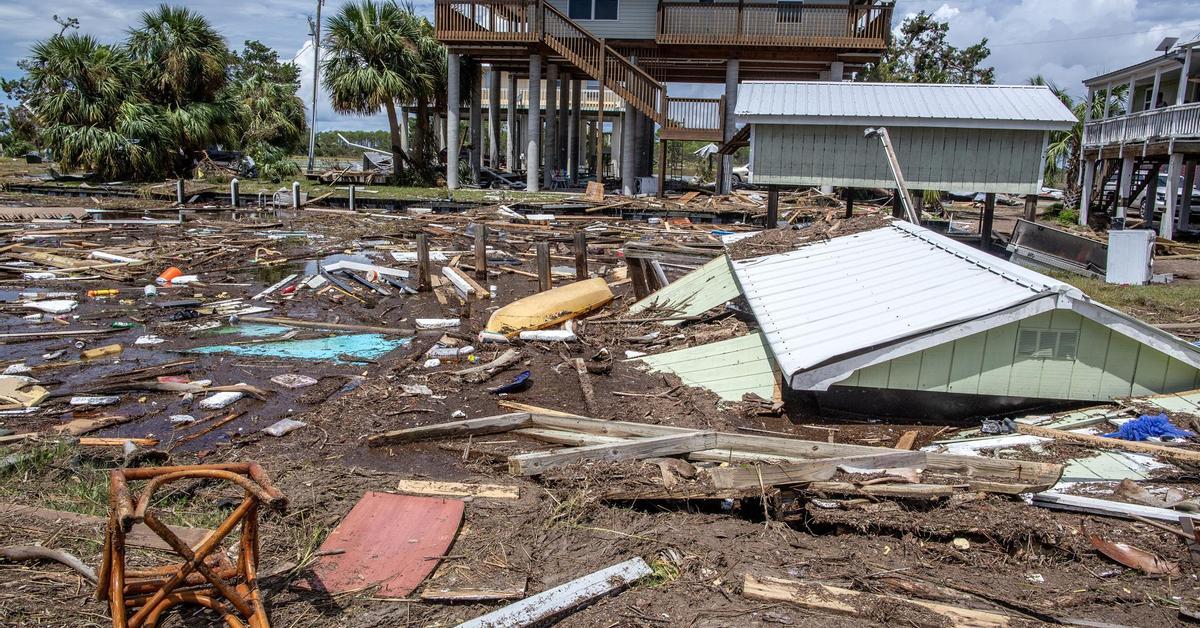Miami/This year’s Atlantic hurricane season is expected to be “extremely active” with the formation of 23 named storms, of which 11 will become hurricanes and 5 of these will be of greater intensity, with winds of 178 km/h or higher. h, according to a forecast from Colorado State University (CSU) released this Thursday.
According to predictions released by the CSU Department of Atmospheric Sciences, the combination of the return of La Niña in the Pacific and “record high” sea surface temperatures will favor an above-normal hurricane season this summer. and autumn.
“Given favorable signals from a warm Atlantic and a likely development of La Niña (which tends to diminish westerly winds at upper levels of the atmosphere), the forecast team is above normal certainty that the 2024 hurricanes in the Atlantic will be very active,” states the CSU report.
A very warm Atlantic, he continues, favors the formation of a higher average number of hurricanes
A very warm Atlantic, he continues, favors the formation of a higher average of hurricanes, since “the fuel source of a hurricane is the warm water of the ocean”, in addition to influencing “a lower atmospheric pressure and a more unstable atmosphere” .
So far, the 2024 hurricane season has similar characteristics to those of 1878, 1926, 1998, 2010 and 2020.
“All of these analog seasons were very active Atlantic hurricane seasons,” said Phil Klotzbach, a research scientist in the CSU Department of Atmospheric Sciences and lead author of the report.
The Klotzbach team predicts that activity during the hurricane season, which runs from June 1 to November 30, will be about 170% of the average 1991-2020 season this year.
By comparison, activity during the 2023 hurricane season was about 120% of the average season.
The most destructive hurricane of the 2023 Atlantic hurricane season was Idalia, which made landfall at Category 3 intensity in the Atlantic region. Big Bend of Florida, where it caused 8 direct deaths and more than 3 billion dollars in damages.
The report also includes a 66% chance of a major hurricane making landfall in the Caribbean.
The report also includes a 62% chance of a major hurricane (3.4 or 5 on the Saffir-Simpson intensity scale) making landfall on the US coast this season, when the average during 1880-2020 was a 43%. And 66% probability for the Caribbean.
On the US East Coast, the probability of a hurricane hitting is 34%.
The CSU team will release forecast updates on June 11, July 9, and August 6.
In an average Atlantic hurricane season, 14 named tropical storms and 7 hurricanes form, of which 3 become major category.
As every year, CSU researchers advise residents in coastal areas to take appropriate precautions.
“It only takes one storm near you to make this an active season,” Professor Michael Bell, one of the authors of this year’s forecast, warns in the report.
















